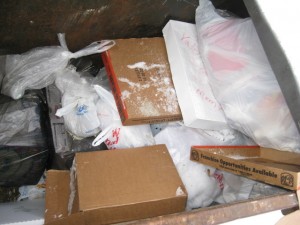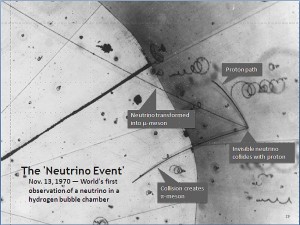ASCAP attacks Creative Commons
No, this is not a comical make-believe headline from The Onion. ASCAP has lashed out at Creative Commons.
At this moment, we are facing our biggest challenge ever. Many forces including Creative Commons, Public Knowledge, Electronic Frontier Foundation and technology companies with deep pockets are mobilizing to promote "Copyleft" in order to undermine our "Copyright." They say they are advocates of consumer rights, but the truth is these groups simply do not want to pay for the use of our music. Their mission is to spread the word that our music should be free.This smear campaign is a staggering display of ignorance. Did ASCAP actually hire a lawyer to advise them here? Do they have the faintest idea of what Creative Commons is all about? Here's the response of Creative Commons:
Last week, the American Society of Composers, Authors and Publishers (ASCAP) sent a fundraising letter to its members calling on them to fight “opponents” such as Creative Commons, falsely claiming that we work to undermine copyright.* Creative Commons licenses are copyright licenses – plain and simple. Period. CC licenses are legal tools that creators can use to offer certain usage rights to the public, while reserving other rights. Without copyright, these tools don’t work. Artists and record labels that want to make their music available to the public for certain uses, like noncommercial sharing or remixing, should consider using CC licenses. Artists and labels that want to reserve all of their copyright rights should absolutely not use CC licenses.Here's more analysis, from Techdirt.
ASCAP's blatant attack on Creative Commons (and EFF and PK; both of whom focus on consumer rights, but not undermining artist's rights at all) shows their true colors. They're not about artists' rights at all. They're about greater protectionism -- which is not (at all) the same thing.


